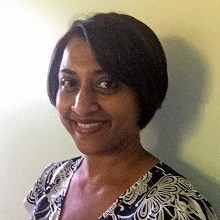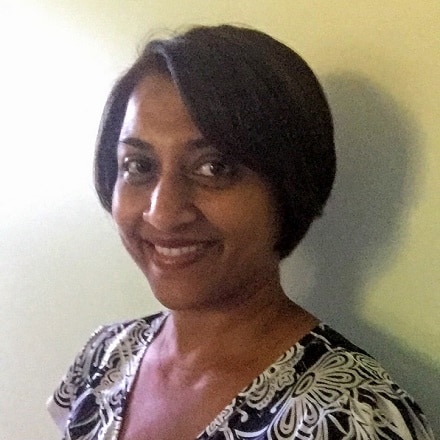Inside Angle
From 3M Health Information Systems
Developing a healthcare green thumb
Thinking back to the beginning of summer, when walking paths in my neighborhood are blooming with abundant flowers and neatly manicured gardens, I’m reminded that this season always brings out the landscaping artist in me. I get caught up in the frenzy of buying flowers and adding much-needed color to my landscape. I search the various gardening catalogs and rush to the already buzzing garden stores to buy a few flats of annuals and perennials, some bulbs and some greenery. As I am buying and researching online and in the library, I envision a beautiful, colorful yard with abundant flowers.
Why then, I wonder, does that ONE house down the street always look so spectacular, even though they don’t have ALL the plants that I just purchased and planted. What are they doing that I am not? This year I focused on that one house and took time to pass it on my walks at varied hours of the day and week. When passing by the other day, I saw the owners were working in their garden, weeding, pruning, watering, etc. I realized then that my effort needs to be beyond the research, shopping and planting.
I have had the same question about emerging technologies in the healthcare industry. Why does one client who buys a new EMR, billing or coding application experience a steady, streamlined revenue cycle and good ROI while another client does not?
In my experience, when the revenue cycle is evaluated at any organization, the root cause analysis often identifies new technologies that can be implemented to assist with the workflow and processes. Various IT minds and leadership teams come together to evaluate available products, create a vision, and then people invest budget dollars in the new technology, excited to reap the benefits just like the references they spoke to in the RFP process. What is often overlooked are the changes that need to be made to adapt to the new technology before AND after it is implemented so that the application is successful.
For example, a computer-assisted coding (CAC) application is a tool which assists with the coding of documents and encounters. The foundation of the CAC application is provider documentation, which needs to be conducive (and transferrable) to the technology that is harvesting it. It is unrealistic to expect great results if you have not prepped and adapted this documentation foundation by altering your organization’s documentation habits—especially habits that have been in use for 20 years or so!
After the “soil” is prepped, there will always be weeds that pop up. While a weed killer is a swift and easy approach in a garden, needless to say such a “kill the root” approach will not help in an organization. Instead of abandoning the technology or choosing a new coding team, here are a few ways to achieve continuous ROI and improvements:
- Institute proper education for the outliers. It will serve as an effective “weed killer” for a coder who doesn’t understand new coding concepts.
- Identify a clinical documentation improvement process or team which consists of physicians and medical coding knowledge experts
- Equip coding auditing and revenue cycle billing teams with application know-how
- Help staff by employing change management tools to engage all those who are impacted
All of the above will help your team adapt to the new CAC application and will go a long way to prevent frustrations.
Starting and developing a garden or installing a new technology is not the work of a few months. To help your garden flourish and look just like the catalog photos—and to achieve ROI just like those CAC reference sites—you need to take steps to ensure continuous quality and improvement.
Meenal Raje is a lead member of the Coding Analyst teams at 3M Health Information Systems.


